The term Kung Fu is a colloquialism from southern China that does not designate the Martial Arts themselves but is a word that indicates any work brought to its highest degree of perfection, thanks to an intense and prolonged effort.
Therefore, the term Kung Fu is intended to designate the realization, planning, and mastery of the Art. However, calling the Chinese Martial Arts Kung Fu is no aberration and in China, this term has always been used to designate the Martial Arts, even if the exact translation is wu-shu.
The goal of Kung Fu is actually beyond the expertise in the fight, seeking perfect harmony between all components of the person: body, mind, and spirit.
The Origin of Shao Lin Kung Fu
The history of Kung Fu is linked to the history of China. Its origins date back to 3,000 years B.C., under the reign of Emperor Huang-Ti. But it was not until the sixth century that modern Kung Fu appeared.
In fact, in the 527th, the monk Ta-Mo (Bodhidarma) arrived at the Shaolin monastery in Honan province. The monastery, which was located on the north side of Mount Shao-Shih, was built 150 years earlier by Emperor Su-Wen. Bodhidarma, the 28th Buddhist patriarch, who left India for China (making this journey on foot, demonstrating great physical and mental endurance), to transmit the true teaching of the Buddha to the Chinese Imperial Court. Being the son of King Sugandha, he had been trained on the plan of the Martial Arts by the old master Prajntra.
Arriving at the Shaolin Monastery, Ta-Mo found the monks in very bad physical condition, which prevented them from practicing meditation correctly. He gave them notions of hygiene, medicine and taught them a series of 18 exercises to keep their bodies in good health.
History and legend agree that this is the beginning of modern Kung Fu. In the space of a few centuries, the monks of the Shaolin Temple became famous throughout China for their skill in martial arts. In the 12th century, the Imperial Army General Yueh-Pu, created Shing-I, an internal style based on his experience in spear combat. A few centuries later, the monk Chang-San-Feng, imbued with Taoist principles, founded Tai-Chi-Chuan.
With the appearance of these two systems, the popularity of Shaolin Kung Fu began to decline. In the 16th century, Chuen-Yuan, of noble origin, an expert in martial arts, went to the Shaolin Temple and decided to revise the 18 exercises of Ta-Mo, and converted them into 72 techniques. He then travels throughout China to expand his knowledge. Later he returns to the monastery with two other experts, Pai and Li. Together the three of them create a complete system of 170 movements including five styles that will later serve as the basis for dozens of others.
In China, many of the external systems are classified as Shaolin Kung Fu, even some of the methods that originated outside their influence. Therefore, it is impossible to characterize a single system as the original Shaolin Kung Fu. After all, more than 1500 years have passed in the evolution and transmission of Shaolin martial arts. Therefore, it is understandable that so many styles have their roots in the famous temple.
Kung Fu Inspiration from Five animals
In the West, Shaolin Kung Fu is often associated with the Five Animals. These are the Tiger, Dragon, Leopard, Snake, and Crane. However, most styles of Shaolin Kung Fu do not employ the five animal forms in their curriculum.
Many Shaolin methods make little or no use of animal forms. The five animals are more common in southern Kung Fu styles, in particular, Hong Jia (Hung Gar in Cantonese).
Shaolin Kung Fu of the Northern school is generally classified as Long Fist. This method emphasizes long-distance fighting techniques which are kicking, jumping, sweeping, and extended hand techniques, and penetration techniques.
In the ancient Shaolin temple, the Dragon style represented the cultivation of the spirit. The movements of the Dragon were created for the development of concentration and alertness, it looks like a Dragon flying in the air capable of heading in any direction. No force was used in this style. The Dragon represents the fluidity of movement.
In the ancient Shaolin temple, the Dragon style represented the cultivation of the spirit. The movements of the Dragon were created for the development of concentration and alertness, it resembles a Dragon flying in the air capable of heading in any direction. In this style, no force was used.
Tiger style was characterized by the strong development of bones and even muscles and tendons. In contrast to the Dragon style, it was characterized by the use of force. A natural weapon of this style is the hand in the form of a tiger claw. The tiger represents strength.
The snake style educated the "CHI". The movements in each position had to be performed slowly and with agility. In this style, breathing was very important and should be done slowly, regularly, and without any kind of effort. The snake represents breathing.
The leopard style developed speed, and the movements were performed with great dexterity. The leopard is not as imposing as the tiger, but due to its strong waist and low limbs, it generates a lot of strength. The leopard represents speed.
In the crane style, muscle development was the main objective. The movements were performed quickly and lightly. When executed, the will and the spirit must be at rest. At the beginning of the training the movements were performed quickly, some time later they had to be executed slowly and lightly. There were some positions in which the practitioner had to stand on one leg like the crane, requiring a great deal of patience and endurance. The Crane represents balance.
About martial arts style you may like:
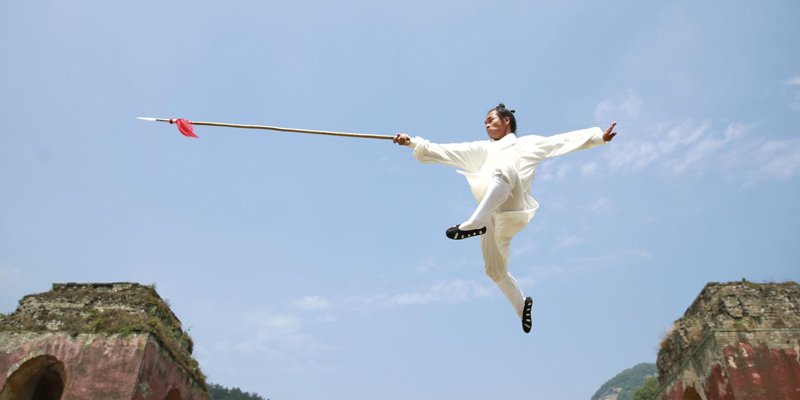
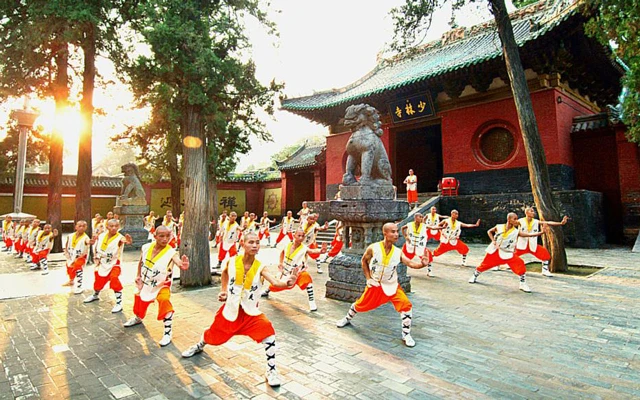
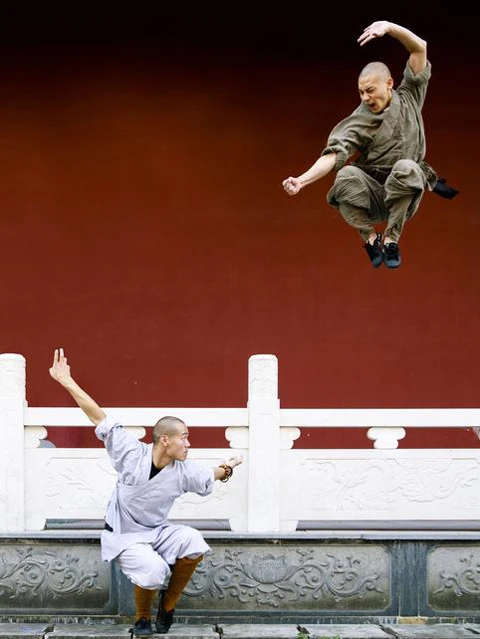
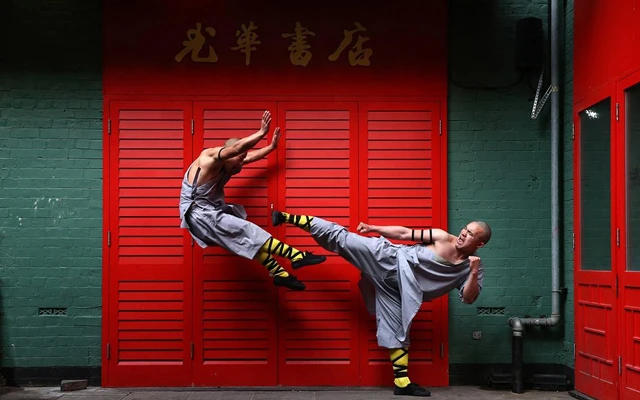
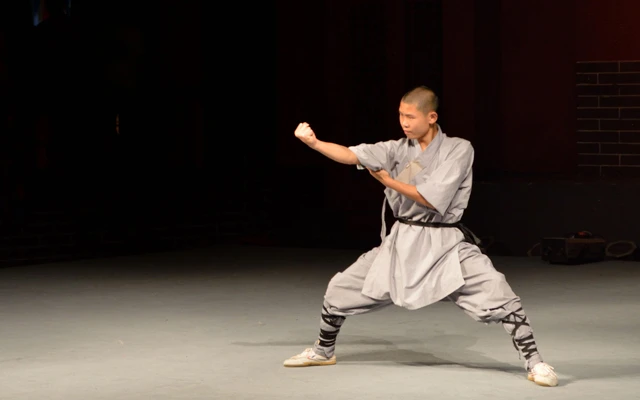
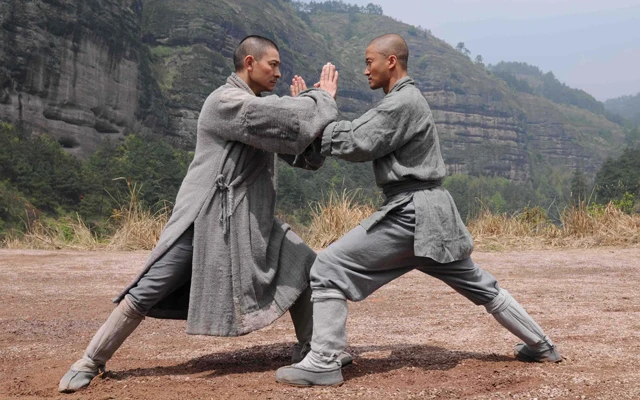
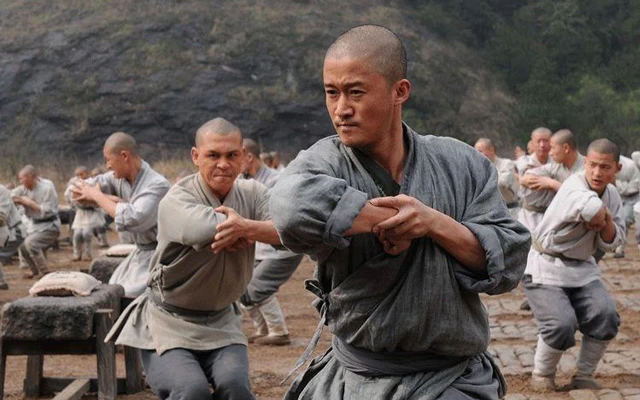
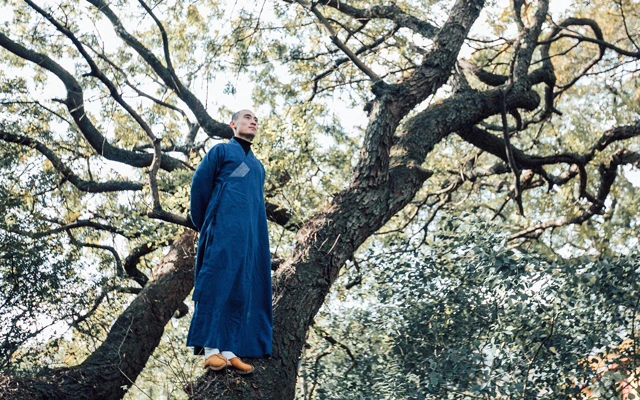
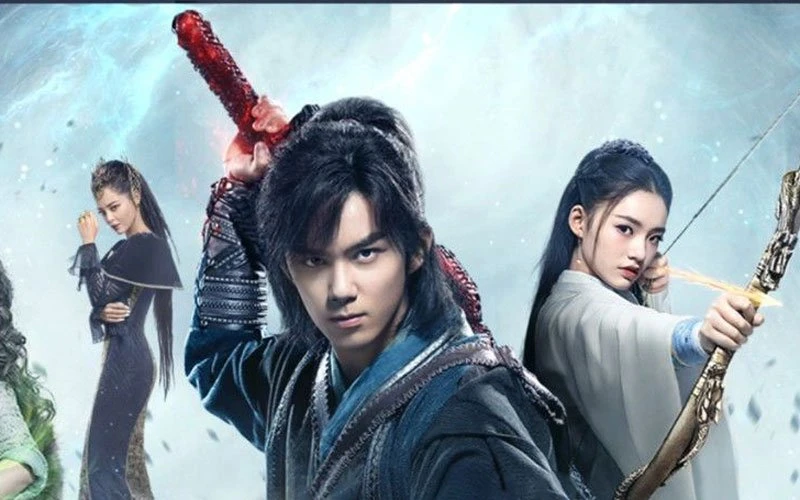
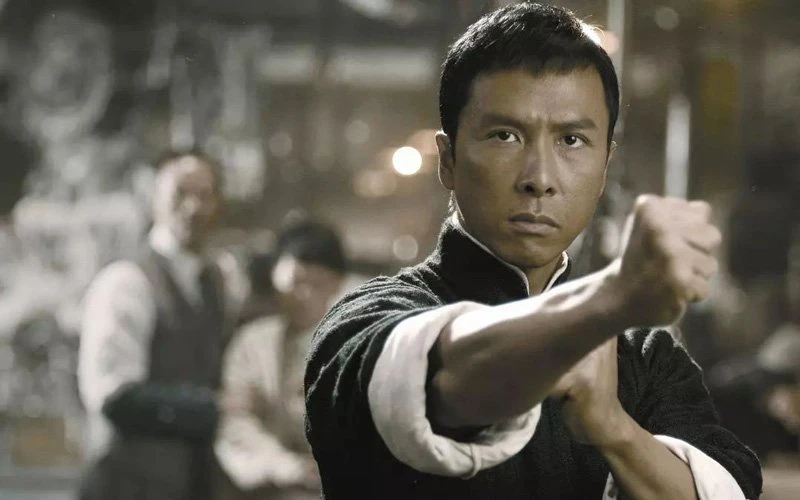

I love this in-depth article!
Aku menyukai kungfu dari drama2 yg aku tonton
Belajar kungfu adalah hal yang penting